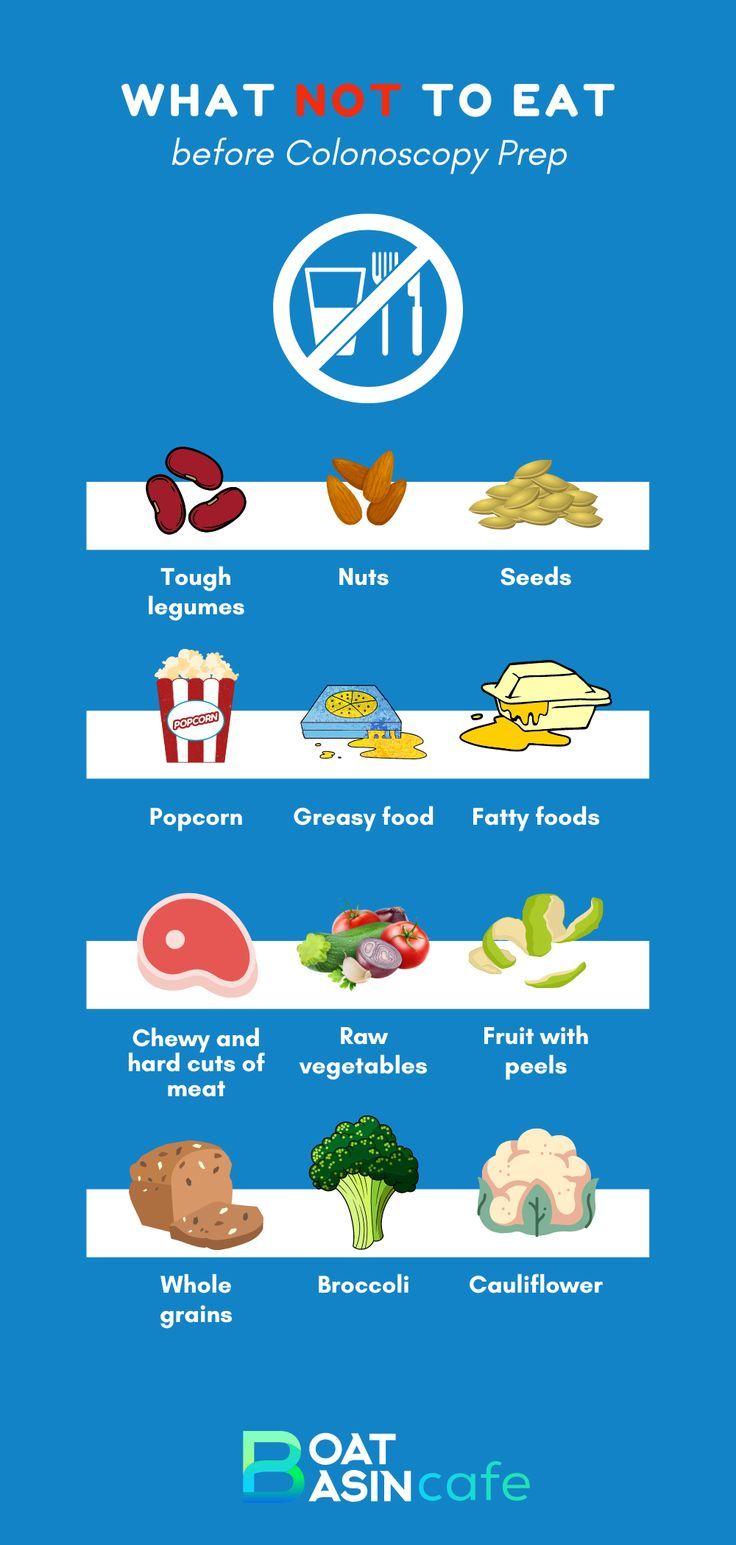Smart Guide to Understanding Whether Beans Are Vegetables in 2025
Beans have gained increasing attention over the years, both for their versatility in cooking and their nutritional benefits. As we delve into 2025, the classification of beans raises an interesting question: are beans vegetables? This guide provides essential insights into various types of beans, their nutritional profiles, health benefits, and culinary applications.
Beans are categorized as legumes, which places them in a unique position within the food pyramid. They are rich in protein, dietary fiber, and essential vitamins and minerals, making them a staple in vegetarian and health-conscious diets. Understanding whether beans are vegetables is crucial for fostering informed dietary choices and appreciating their role in sustainable agriculture. This article will highlight the different varieties of beans, their health implications, and delicious recipes to explore their culinary potential.
In this guide, we will cover:
- The classification of beans as legumes
- Types of beans and their unique characteristics
- The health benefits linked to bean consumption
- Practical cooking tips for using beans in your meals
- Global culinary uses and recipes featuring beans
- A look into the sustainability aspect of bean farming
By the end of this article, you'll have a succinct understanding of beans and their place not only in our diets but also in the wider context of agricultural practices and sustainability.
Exploring Bean Classifications and Varieties
Building on our introduction, it's essential to clarify how beans fit within the larger category of legumes. Beans, along with lentils and peas, constitute the legume family, which is primarily defined by their seeds and how they grow. There are numerous varieties of beans that each offer distinct flavors, textures, and nutritional benefits.
Types of Beans: An Overview
Beans come in a wide range of varieties, including black beans, kidney beans, pinto beans, white beans, navy beans, and chickpeas, each providing unique culinary uses and nutrient profiles. For instance:
- Black Beans: Rich in protein and antioxidant properties, these beans are particularly popular in Latin American cuisines.
- Kidney Beans: Common in chili dishes, kidney beans provide a hearty texture and are loaded with fiber.
- Pinto Beans: Often used in Mexican dishes, they are versatile and can be served whole or refried.
Each of these bean varieties contributes not just to flavor but also an array of health benefits that make them a critical food source globally.
The Nutritional Profile of Beans
The nutrition of beans is noteworthy. They are high in protein, offering a plant-based alternative to meat. For those looking into plant-based diets, legumes such as beans are indispensable due to their high protein content and low fat levels.
Additionally, beans are an excellent source of dietary fiber, which contributes to digestive health and may help manage weight. Consuming fiber-rich foods like beans can promote satiety, preventing overeating.
Furthermore, beans are packed with essential vitamins and minerals, such as iron, magnesium, and folate, which play vital roles in various bodily functions:
- Iron: Crucial for oxygen transport in the blood, especially important for vegetarians and vegans.
- Magnesium: Supports muscle and nerve function.
- Folate: Important for cell division and is especially significant during pregnancy.
Health Benefits of Incorporating Beans into Your Diet
With these fundamentals established, it's clear that beans provide numerous health benefits that can enhance overall wellness. For example:
- Weight Management: Beans are low in calories yet high in fiber, which can help control appetite.
- Diabetes-Friendly: Beans have a low glycemic index, making them suitable for improving glycemic control in people with diabetes.
- Heart Health: The fiber and antioxidant properties in beans can help lower cholesterol levels, reducing the risk of heart disease.
The rich nutrient content of beans also contributes to gut health by promoting a healthy microbiome. The fiber facilitates digestion and helps to maintain regularity.
Cooking with Beans: Techniques and Recipes
Transitioning from the health benefits, the ways beans can be prepared and enjoyed are just as diverse. Beans can be used in countless recipes, offering versatile options for meals. Knowing how to cook with beans can maximize their flavor and nutritional value.
Preparation Methods for Beans
Fresh beans, dried beans, and canned beans each present unique preparation methods. Here's a brief overview:
- Dried Beans: Typically require soaking overnight, followed by cooking until tender. This method enhances their digestibility.
- Canned Beans: Convenient and ready to use, but it's essential to rinse them to reduce sodium levels.
- Fresh Beans: Ideal for quick cooking and retaining vibrant flavors, especially in salads.
Simple and Tasty Bean Recipes
Cooking with beans doesn't have to be complicated. Here are a few simple bean recipes to incorporate into your meals:
- Bean Salads: Combine chickpeas, black beans, red onion, and a zesty dressing for a nutritious side dish.
- Bean Smoothies: Blend white beans with spinach, banana, and almond milk for a protein-rich breakfast option.
- Chili: Create a hearty chili using kidney and pinto beans for a classic comfort food.
Common Mistakes to Avoid When Cooking Beans
While beans are relatively easy to prepare, there are few common mistakes to avoid:
- Skipping the soaking step for dried beans can lead to longer cooking times and tougher textures.
- Not seasoning beans adequately can result in bland dishes.
- Failing to rinse canned beans can lead to high sodium intake.
Using proper preparation methods helps maintain the dietary fiber and protein content in beans, making your meals not only delicious but nutritious as well.
Culinary Uses and Global Cuisine of Beans
Following this approach, the role of beans in global cuisine cannot be overstated. They have been a dietary staple across different cultures, from Latin America to Asia, showcasing their versatility. Let’s explore some notable examples of how beans are each embraced.
Beans in Different Cultures
Beans have transcended geographical boundaries and cultural preferences, finding a place on plates worldwide. For instance:
- In Mexican Cuisine: Beans are often incorporated into tacos, burritos, and as sides, enriching both nutrition and flavor.
- In Mediterranean Dishes: Chickpeas are blended into hummus, served as spread or dip, contributing plant-based protein.
- In Asian Cooking: Mung beans and adzuki beans feature prominently in desserts and savory dishes alike.
These varied preparations reflect the adaptability of beans in serving regional tastes while promoting health benefits.
Beans as a Meat Substitute
Taking this concept further, the rise in plant-based diets has emphasized beans as an effective meat substitute. They provide not only the needed protein but also enrich dishes with fiber and antioxidants. Popular options include:
- Bean Burgers: Using black beans or chickpeas as the base for veggie burgers makes a fulfilling meal.
- Stuffed Peppers with Beans: Mixing beans with rice and spices for stuffing offers a hearty vegan dish.
- Bean Soups: Rich in flavor and nutrients, soups made with white beans or lentils are warming and satisfying.
Sustainable Farming and the Eco-Friendliness of Beans
As environmental concerns become increasingly prevalent, the sustainability of food sources has come to the forefront. Beans represent an excellent choice for sustainable agriculture practices due to their minimal resource requirements.
Beans and Agricultural Practices
Beans, as pulse crops, play an essential role in crop rotation. Their nitrogen-fixing properties help enrich soil health by reducing the need for synthetic fertilizers. This natural process benefits subsequent crops in a farming cycle.
Additionally, beans can thrive in less-than-ideal conditions, demonstrating resilience against climate challenges. Their cultivation requires less water compared to many traditional protein sources, contributing to more sustainable farming practices.
Beans and Global Trade Trends
Certain trends in the market indicate a continuous rise in the demand for organic beans. Consumers are becoming more health-conscious and increasingly interested in the ecological impact of their food choices. This has resulted in a growing market trend for non-GMO and sustainably-sourced beans.
Common Questions About Beans
As beans continue to hold a significant position in both nutrition and agriculture, questions frequently arise about their role and benefits. Here are some common inquiries:
Are Beans Healthy?
Yes, beans are incredibly healthy! They provide a rich source of protein, fiber, and essential nutrients, supporting overall health.
Can Beans Help with Weight Loss?
Beans are low in calories and high in fiber, making them an excellent food for weight management as they promote satiety and nutritional balance.
How Can I Incorporate More Beans into My Diet?
Adding beans to salads, soups, and smoothies are simple ways to enjoy their benefits. Experimenting with different types of beans can keep meals exciting.
Beans are not just nutritious and versatile; they also contribute to sustainable farming practices and have a rich cultural heritage. Their place in modern diets signifies the importance of understanding their value in not only nutritional terms but environmental and culinary applications as well.


